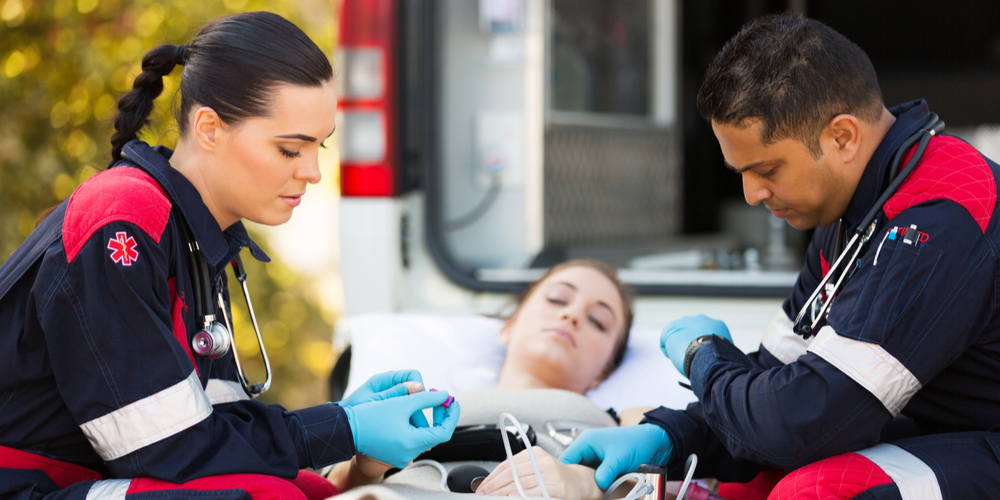
Why learn first aid?
First aid is often a life-saving action if emergency help is not available at the moment an accident occurs. Even though emergency service’s response times are fast, it is often a civilian who encounters the scene of an accident first. If you are trained in first aid you will be able to cope with this type of situation much better than somebody who has no training. Your actions as a first aider may save lives.
Rapid response
Often the speed of reaction is instrumental to the recovery and survival of an individual; if you can react quickly the chances of saving your casualty are much higher. Accidents can happen anywhere at any time so you should always be ready to act.
First aid manuals
If you do not have time to complete a first aid course it is advisable to buy a first aid manual or DVD; these will help you to learn basic actions, which may help you to react effectively in an emergency situation; there are several options available online.
Becoming a first aider
You never know when you may encounter an emergency situation, so it advisable to attend a first aid training course; your actions could help to save lives.
First aid for work
Many jobs stipulate first aid as a requirement; often these include jobs which involve working with people, such as teaching and childcare, as well as those involved at the scene of accidents, such as lifeguards, the police, fire services and the coastguard. Even if you don’t have to have a first aid qualification for your job, you should try to take a course, as you never know when that knowledge may be needed.
First Aid courses
There are several types of first aid course; these include short and long courses which may last from 2 hours to several weeks. The most well-known courses are run by St. John Ambulance and the Red Cross; these charities conduct courses at centres across the U.K as well as going into workplaces, schools and colleges.
Types of course
First aid in the workplace: these courses are aimed to train employers and employees in basic first aid, which may be used to attend to everyday situations and accidents.
Save a life course: this course is designed to teach people how to act in emergency situations and save lives. This course is short and usually lasts just 2 hours.
Emergency life-saving course: this slightly longer course is an extension of the save a life course and is based on attending to emergency situations.
Basic first aid: this course is longer and provides an overview of how to respond to the most common emergency and non-emergency situations. This is the most popular Red Cross first aid course.
Obtaining a qualification
To become a certified first aider you will normally have to undergo a set period of training and theory before taking a practical examination; if you complete this you will gain a certificate. Certificates are only valid for a certain period of time and have to be renewed regularly to ensure you are up to date and can remember how to act in an emergency.